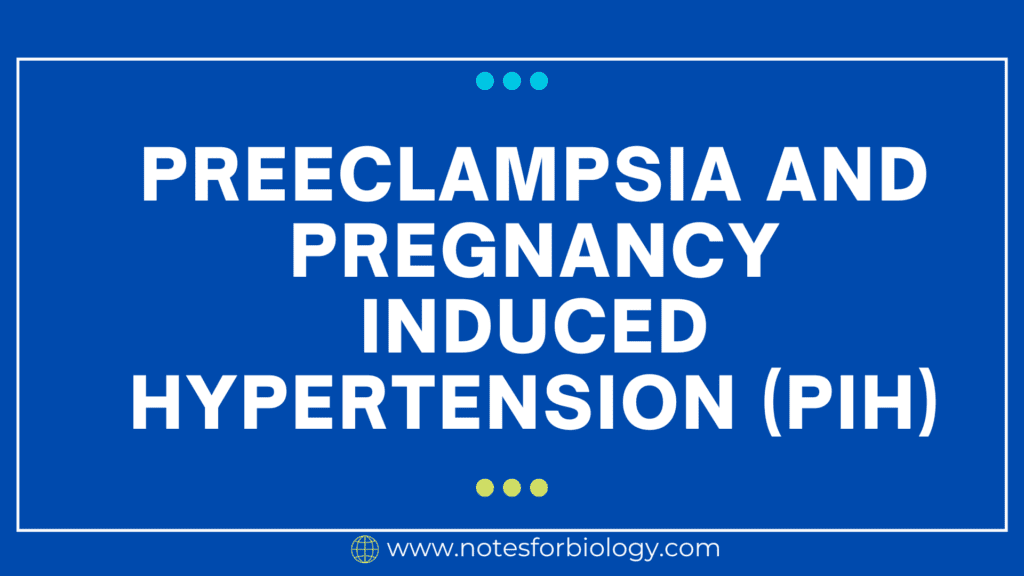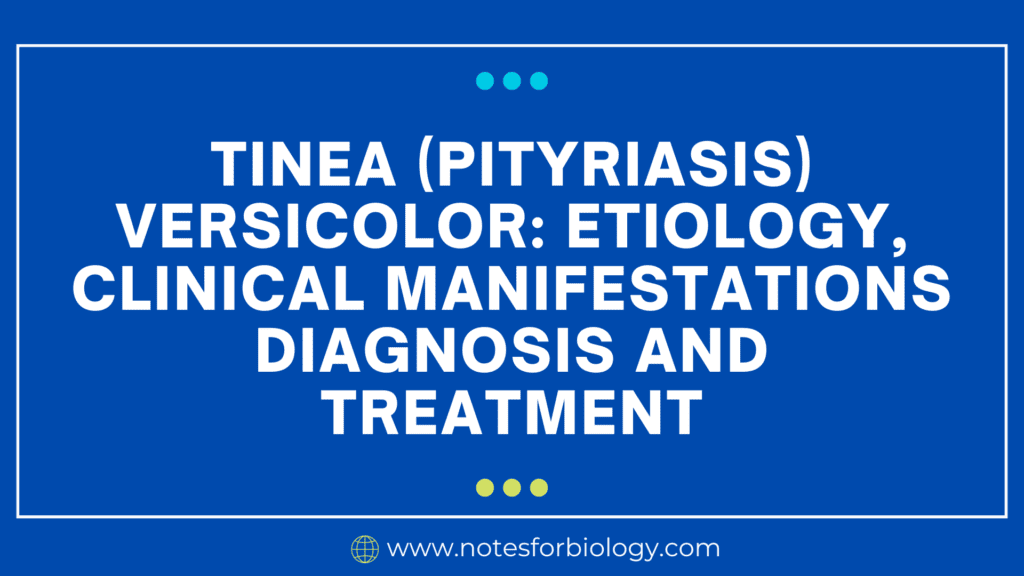Table of Contents
Preeclampsia
Preeclampsia is a pregnancy-specific disorder characterized by the development of hypertension and often proteinuria (excess protein in the urine) after 20 weeks of gestation. It can affect multiple organ systems and lead to serious complications for both the mother and the fetus if not properly managed.
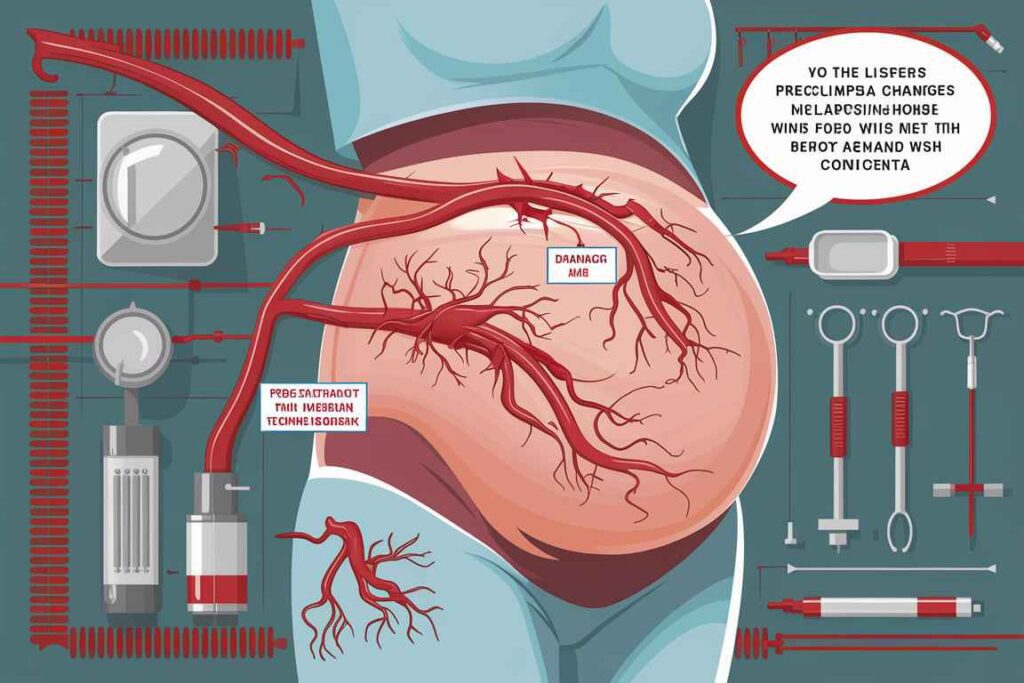
Clinical Features
- Hypertension: Blood pressure ≥140/90 mmHg on two separate occasions at least 4 hours apart.
- Proteinuria: ≥0.3 grams of protein in a 24-hour urine collection or a protein/creatinine ratio of ≥0.3.
- Other Signs and Symptoms: Severe headaches, visual disturbances, upper right abdominal pain, nausea or vomiting, decreased urine output, and sudden weight gain or swelling.
Complications:
- Maternal: Eclampsia (seizures), HELLP syndrome (Hemolysis, Elevated Liver Enzymes, Low Platelet count), renal failure, liver dysfunction, pulmonary edema, and stroke.
- Fetal conditions include intrauterine growth restriction (IUGR), premature birth, placental abruption, and stillbirth.
Pathophysiology:
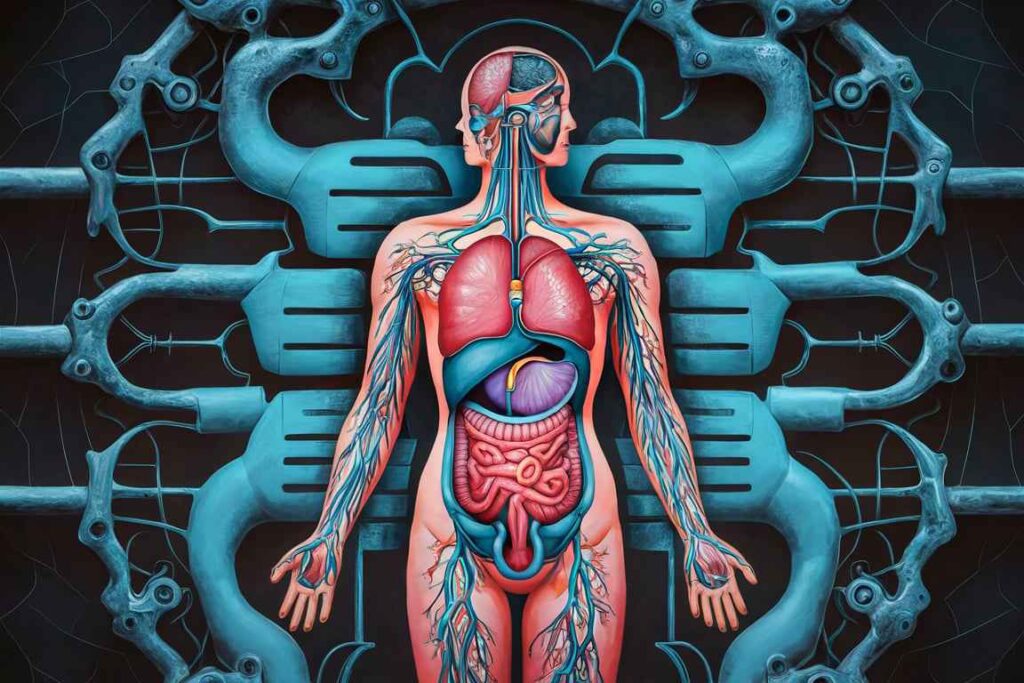
- Abnormal placental development causes inadequate placental perfusion.
- Endothelial dysfunction and overall inflammation.
- Imbalance of pro- and anti-angiogenic factors.
Management:
- Monitoring includes frequent blood pressure and urine testing.
- To avoid seizures, take antihypertensives (such as labetalol or nifedipine) and magnesium sulfate.
- Delivery is the definitive treatment, with the timing determined by the severity of the condition and gestational age.
Monitoring:
- Blood pressure, urine protein levels, and fetal well-being are regularly monitored with ultrasounds and non-stress tests.
Medications:
- Antihypertensive Therapy: Controlling blood pressure and lowering the risk of serious consequences.
- Magnesium sulfate is used to prevent seizures (eclampsia) in extreme situations.
Delivery:
- Preeclampsia can only be treated definitively by delivery. The date of delivery is determined by the condition’s severity, gestational age, and fetal well-being.
Supportive Care:
- Bed rest, dietary changes, and constant medical supervision are frequently prescribed to manage moderate cases while postponing birth in more severe situations.
Pregnancy-Induced Hypertension (PIH)
Pregnancy-Induced Hypertension (PIH), also known as gestational hypertension, is defined as the development of new-onset hypertension after 20 weeks of gestation without the presence of proteinuria or other systemic features of preeclampsia.
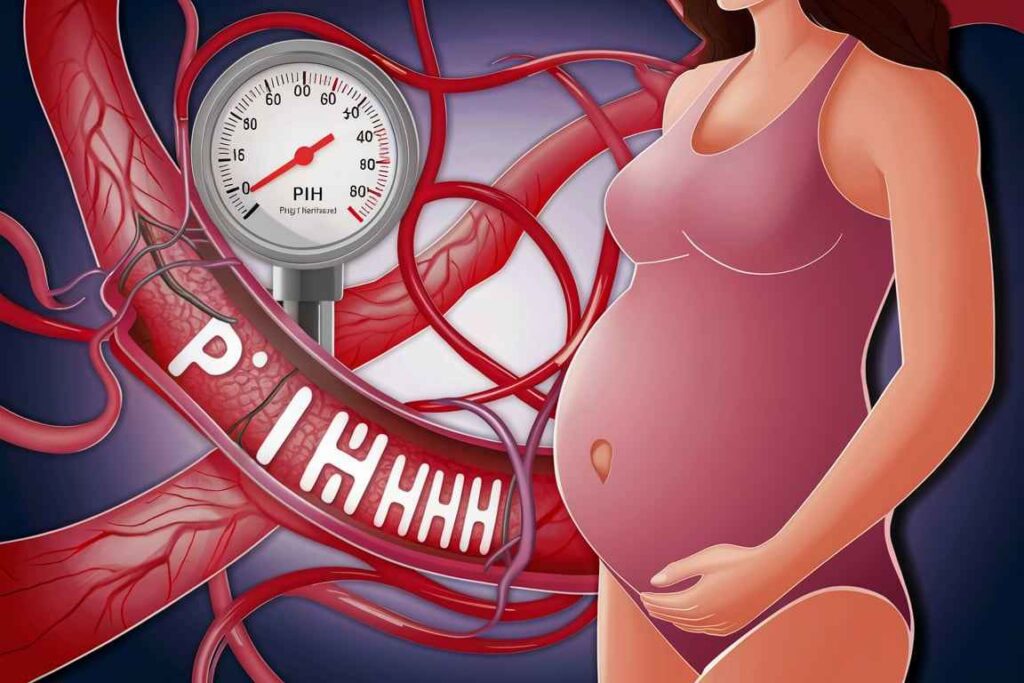
Clinical features:
- Hypertension is defined as a blood pressure reading of 140/90 mmHg or above on two separate occasions at least four hours apart.
- No Proteinuria: Unlike preeclampsia, PIH does not cause proteinuria.
- Other Symptoms: Generally less severe than preeclampsia, but monitoring is essential because it can proceed to preeclampsia.
Complications:
- Maternal risk of developing preeclampsia and placental abruption.
- Fetal: If it worsens, it poses similar hazards to preeclampsia, but it is usually less severe if treated.
Management:
- Monitoring includes regular blood pressure checks, urine testing, and fetal monitoring.
- Lifestyle adjustments include dietary changes, salt reduction, and frequent exercise.
- Antihypertensive drugs may be prescribed if necessary.
- Early birth may be considered if blood pressure is not under control or there are indicators of fetal distress.
Outcome:
- PIH typically resolves after delivery, and most women do not experience long-term hypertension postpartum.
- However, women with a history of PIH are at increased risk of developing chronic hypertension later in life.
Frequently Asked Question
Define Preeclampsia and Pregnancy-Induced Hypertension (PIH)
Preeclampsia is a pregnancy-specific disorder characterized by the development of hypertension and often proteinuria (excess protein in the urine) after 20 weeks of gestation. It can affect multiple organ systems and lead to serious complications for both the mother and the fetus if not properly managed.
Pregnancy-Induced Hypertension (PIH), also known as gestational hypertension, is defined as the development of new-onset hypertension after 20 weeks of gestation without the presence of proteinuria or other systemic features of preeclampsia.
What are the outcome of Pregnancy-Induced Hypertension (PIH)
The outcome of Pregnancy-Induced Hypertension (PIH) are
1. PIH typically resolves after delivery, and most women do not experience long-term hypertension postpartum.
2. However, women with a history of PIH are at increased risk of developing chronic hypertension later in life.
Related Article
Mucormycosis: causative agents, pathogenesis, symptoms, diagnosis and treatment

